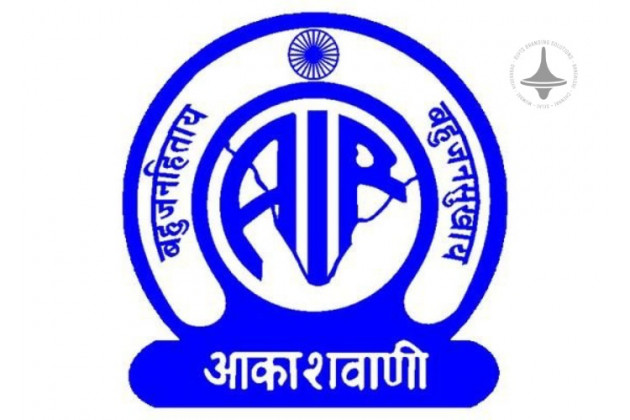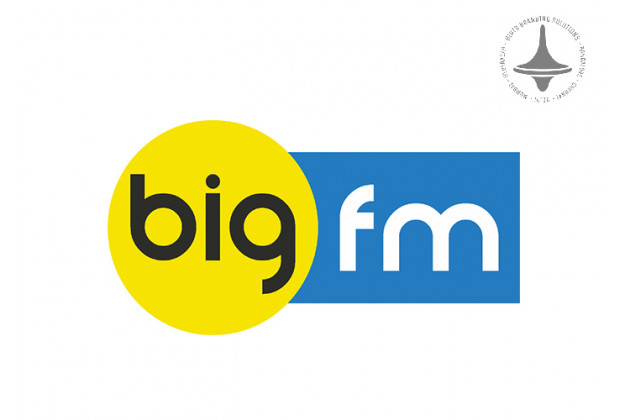Digital Signage | Stadiums | Real Time Branding | Marketing

In today’s fast-paced digital world, traditional static advertisements are making way for smarter, more engaging, and real-time solutions. One arena that has seen a dramatic shift is the sports stadium, where digital signage has become the new canvas for real-time branding. With thousands of spectators and millions of viewers watching live, stadiums offer unmatched visibility — and digital signage is turning that opportunity into a branding revolution.
What is
Digital Signage in Stadiums?
Digital signage refers to the use of LED screens, video walls, and interactive displays
to deliver content dynamically. In stadiums, these signs replace static
billboards and banners with vibrant, motion-rich graphics that can be updated
in real-time to reflect brand messaging, promotions, or game highlights.
From perimeter boards and scoreboards to
large-format displays on the façade or concourses, digital signage creates an
immersive visual experience that captivates both live and broadcast audiences.
Real-Time
Branding: The Game-Changer
What sets digital signage apart is its ability
to deliver real-time content. Brands can now:
- React instantly to live game moments – displaying offers after goals, wickets, or match milestones.
- Run time-sensitive promotions –
flash sales, QR code giveaways, or exclusive game-day discounts.
- Personalize messaging –
target content based on crowd demographics or team loyalties.
This real-time interactivity adds a layer of
dynamism that static ads simply can’t match.
Benefits
for Brands and Advertisers
- Higher Engagement
Digital visuals command more attention, increasing viewer retention and brand recall. - Enhanced Flexibility
Brands can change messages instantly to align with ongoing events or audience moods. - Data-Driven Targeting
With integrated analytics, brands can measure impressions and tailor campaigns for better ROI. - Multichannel Integration
Digital signage works seamlessly with social media, mobile apps, and AR filters to enhance the overall fan experience.
Case
Studies: Big Leagues, Bigger Impact
- NFL and Premier League stadiums have
integrated LED ribbons and jumbotrons to feature dynamic ads.
- Coca-Cola and Nike often use digital
signage during live matches to promote new launches or interactive social
campaigns.
- In cricket tournaments like the IPL, sponsors run flash
contests via stadium displays, encouraging fans to participate using
mobile apps.
Digital
Signage and Fan Experience
It’s not just brands that benefit. Fans enjoy:
- Real-time replays and highlights.
- Live tweets and fan cams.
- Interactive games and AR experiences.
The result is a fully immersive environment
that builds loyalty, excitement, and lasting impressions.
Challenges
to Consider
While digital signage offers immense
advantages, a few challenges need to be addressed:
- High Initial Investment: The
setup cost of LED infrastructure can be significant.
- Content Management:
Requires a strategic approach to keep content fresh and relevant.
- Technical Glitches:
Dependence on connectivity and power makes real-time signage vulnerable if
not managed properly.
The Future:
AI-Powered, Interactive, and Hyper-Personalized
With advancements in AI and machine
learning, digital signage in stadiums is moving toward hyper-personalization.
Expect to see:
- Ads tailored to specific sections of the crowd.
- AI-based predictions to serve offers before fans even expect them.
- Facial recognition for emotion-based content delivery.
This level of targeting could make every
stadium visit unique and deeply engaging.
Conclusion
Digital signage in stadiums is more than just a tech trend — it’s a marketing evolution. By
offering real-time branding opportunities, it allows advertisers to
connect with audiences in the moment, turning each game into a powerful
storytelling and promotional platform.
Elyts Advertising and Branding Solutions | www.elyts.in (India) | www.elyts.agency (UAE)






















Leave a Comment